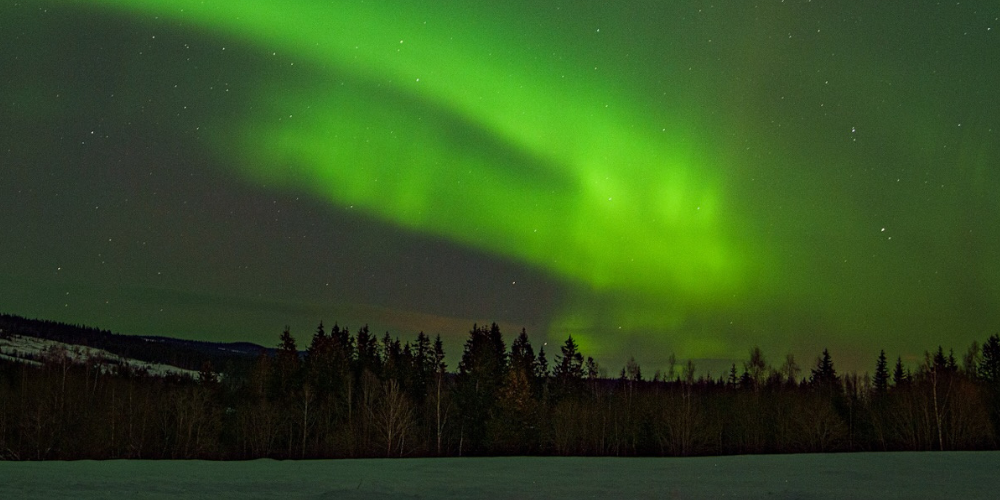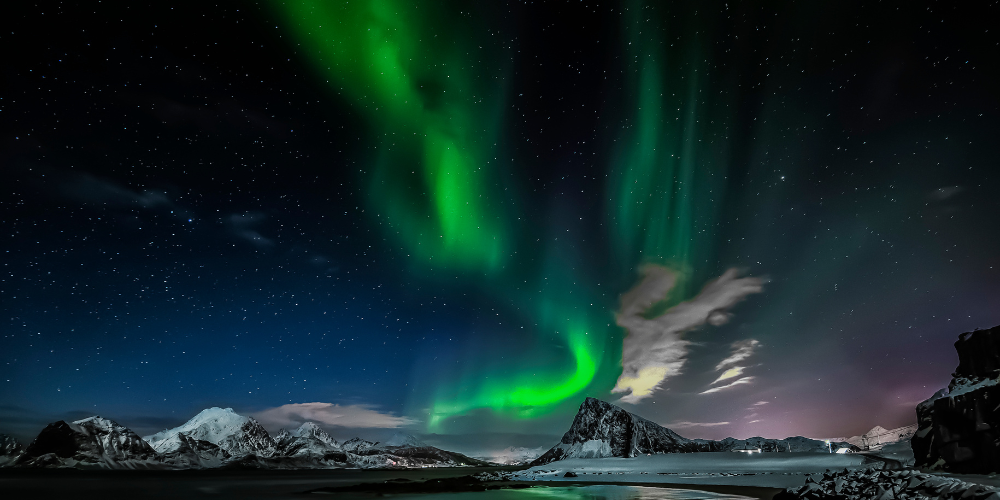The Moon has been a source of fascination for people for centuries, and it's easy to see why. It's the closest celestial body to Earth, and its familiar phases and bright glow have been the subject of countless poems, songs, and stories. But beyond its aesthetic appeal, the Moon is a fascinating and complex object with many intriguing features and facts. Here are some amazing facts about our closest neighbor in space.
A unique landscape
Although much of it is hidden beneath a thick layer of dust, we now know that the moon’s surface is rich in features: from towering peaks, craters, and lava tubes to vast plains filled with sparsely scattered rocks. There are 15 different types of geological regions on our satellite’s surface, which testify to its various origins and reveal a complex history filled with long-forgotten events.
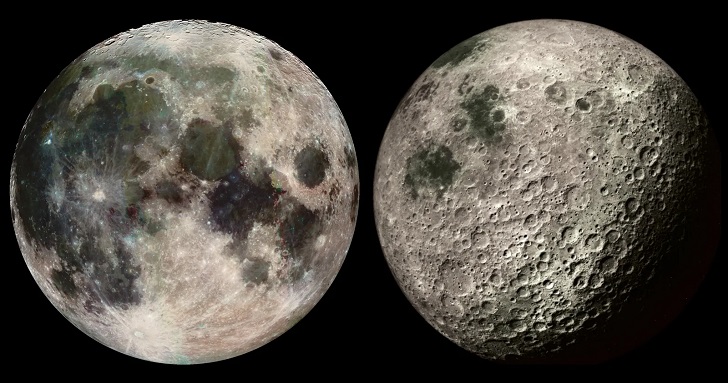
Getty Images/ NyPost | The moon puts on an elegant show, different every time in shape, colour and nuance
The Moon was formed from a collision.
Scientists believe the Moon formed around 4.5 billion years ago when a Mars-sized object collided with the Earth. The debris from this impact eventually coalesced to form the Moon.
There's no atmosphere on the Moon.
Unlike the Earth, which has a thick atmosphere that protects us from the harsh radiation of space and provides us with the air we breathe, the Moon has no atmosphere to speak of. This means there's no weather, wind, or sound on the Moon.
It is covered in craters.
Thanks to its lack of atmosphere, the Moon is pockmarked with craters from the impacts of meteors and other celestial objects. The surface of the Moon is one of the most heavily cratered areas in the Solar System.
There's water on the Moon.
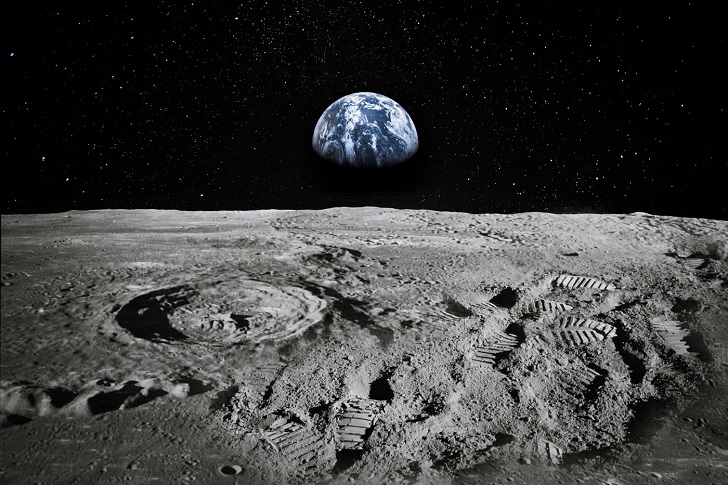
Seth Shostak/ Seti | The full moon is like the mandala of the sky
For many years, scientists believed that the Moon was completely dry. However, in recent years, evidence has emerged that there's water on the Moon, albeit in small quantities. This has important implications for the future of space exploration, as water can be used for drinking, growing crops, and even fuel for spacecraft.
It is slowly moving away from the Earth.
The Moon is moving away from the Earth at about 3.8 centimeters per year. While this might not seem like much, it could significantly impact the Earth's rotation and tides throughout millions of years.
The Luna Sea Effect
The word ‘moon’ even derives from Old English ‘mona’ meaning ‘month’, due mainly to her monthly cycle of waxing toward fullness before waning again into obscurity, an event which triggers some enchanting effects upon Planet Earth itself such as creating higher tides during full moons as well as having direct implications upon agriculture cycles too!
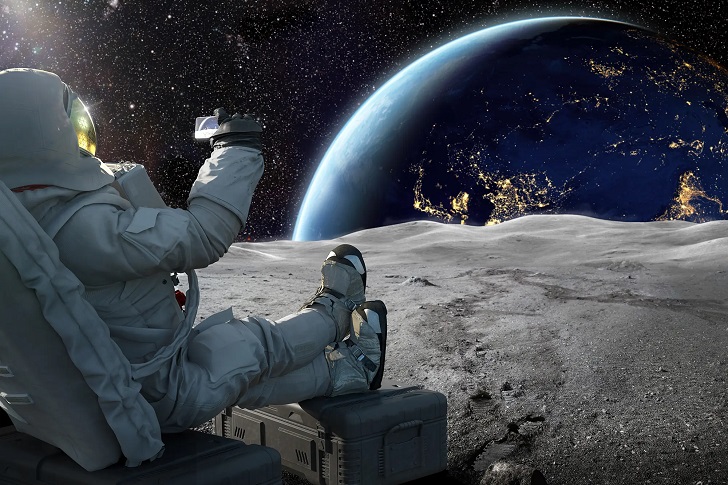
Getty Images/ NyPost | Moonlight can drown out all but the brightest stars
Weak magnetic field
While the Moon doesn't have a robust magnetic field like the Earth, it does have a weak magnetic field in certain areas. This results from magnetized rocks left over from the Moon's formation.
There have been six manned missions to the Moon.
Between 1969 and 1972, NASA conducted six manned missions to the Moon as part of the Apollo program. These missions included 12 astronauts walking on the Moon's surface and collecting valuable rocks and soil samples.

